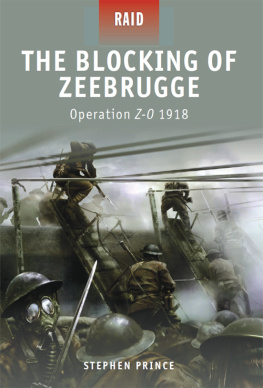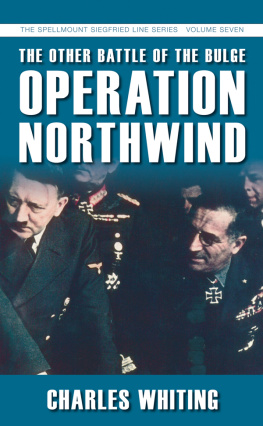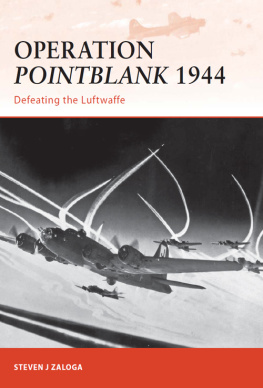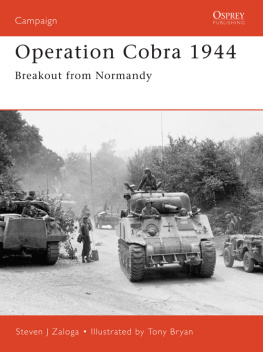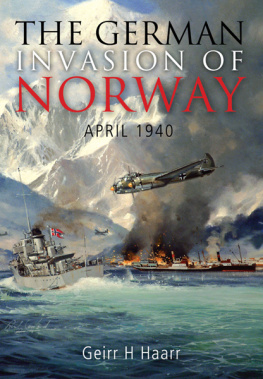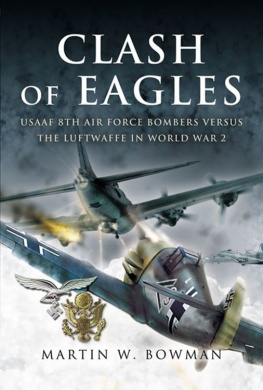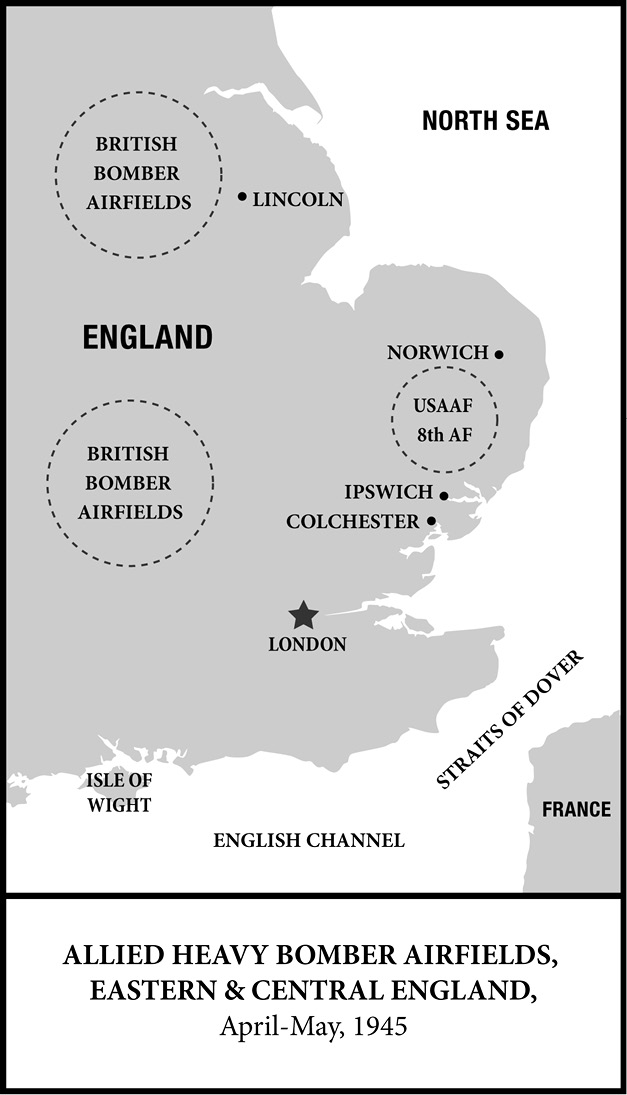
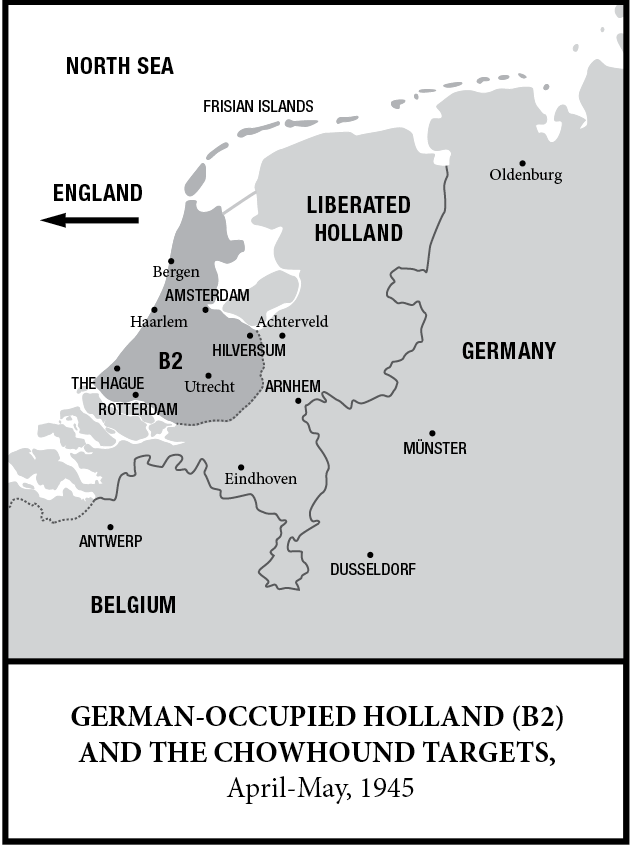
Operation Chowhound
The Most Risky, Most Glorious US Bomber Mission of WWII
Stephen Dando-Collins

The author and publisher have provided this e-book to you for your personal use only. You may not make this e-book publicly available in any way. Copyright infringement is against the law. If you believe the copy of this e-book you are reading infringes on the authors copyright, please notify the publisher at: us.macmillanusa.com/piracy.
Please note that some of the links referenced in this work are no longer active.
Contents
Acknowledgments
For their help my grateful thanks go to my publisher Karen Wolny; my New York literary agent, Richard Curtis; and to Eric Heijink, creator of the Operation Manna website in the Netherlands. Also to James Mutton of the 95th Bomb Group Heritage Association in the UK.
And, as always, my special thanks goes to my wife, Louise, who keeps me flying high.
Preface
The Berlin Airlift of 194849 would be splashed large across the pages of history as an amazing eleven-month-long Cold War operation in which the governments of the West, led by the United States, who, under the code name of Operation Vittles, flew in ton after ton of food and other vital supplies to the people of Berlin after the Soviets cut the city off from supply by land.
Yet three years earlier, in the dying days of the Second World War, there had been a remarkable and heroic precedent for that successful airlift. This was a massive operation involving upward of 900 heavy bombers a day at its height. Over ten days, thousands of air and ground crew delivered 11,185.7 tons of food to the starving 3.5 million Dutch in Nazi-occupied Holland. This was an operation driven by two determined American generals, Dwight D. Eisenhower and his deputy, Walter Bedell Smith, who, in the face of political wrangling in Britain and the United States, opposition even in Holland and with just a verbal promise from the Nazis that they would not fire on Allied aircraft involved in the operation, were determined to send the bombers of the US 8th Air Force and Britains 2nd Tactical Air Force over Holland, dropping food without parachutes from just a few hundred feet, day after day.
Over the winter of 194445called the Hunger Winter by the Dutchand up to the end of the war in May 1945, 25,000 Dutch civilians in Nazi-occupied Holland died from starvation. The majority of these victims were in the cities and were the most vulnerablethe youngest and the oldest in the population. Newborn babies figured high among the death totals. The German occupiers had enough food to last them many months. Not only were they were not sharing their food stocks with the millions of Dutch civilians under their control, they cut off electrical power to the population over the winter. As the Dutch froze and starved, they resorted to eating tulip bulbs and stripping their homes of doors and other woodwork for firewood.
In Britain, exiled members of the Dutch royal family and the Dutch government begged the Allies to save their people from looming disaster. British Prime Minister Churchill prevaricated. In the United States, President Franklin D. Roosevelt, himself of Dutch descent, ordered food relief for the Dutch but died just days after doing so. For a month, his order was not acted upon. In the end, to get the ball rolling, the Supreme Allied Commander, General Eisenhower, had to act on his own initiative. And the Nazi governor of German-occupied Holland, Dr. Arthur Seyss-Inquart, worried about saving his own skin and disobeying Hitler, finally ordered occupying German forces in the Netherlands not to fire on the low-flying bombers taking part in the mercy mission. But would disgruntled German troops obey such an order?
The Americans called their part of this mission Operation Chowhound. The British called their part Operation Manna. Between them, in late April and early May 1945, Operations Manna and Chowhound delivered desperately needed food to the Dutch from the air as 120,000 German troops, including men of the dreaded SS, stood by and watched with their fingers on the triggers of their gunsand sometimes gave in to the temptation to open fire on the bombers.
With 2015 bringing the seventieth anniversary of this previously unsung episode in American wartime history, this book is intended to bring to light the details of how this operation came about, and to bring to light the personalities behind its conception and difficult implementation. Men like Eisenhower and Bedell Smith, and the officer to whom they gave the job of planning the air drops, Briton Andrew Geddes, as well as the American, Canadian, Australian and British airmen whose stories appear in these pages.
Then there are people such as a young Audrey Hepburn, the future Hollywood star, who, as a teenager, was one of the starving millions under the Nazi jackboot in Holland. Future best-selling Canadian author Farley Mowat went on a crazy behind-the-lines mission just as Operation Chowhound was at a delicate stage of negotiation with the Nazi governor. And James Bond creator Ian Fleming, himself a spy, was charged by Churchill with giving a security clearance to the man pushing for the air drops from the Dutch sideGerman-born Dutch royal Prince Bernhardwhile unaware that the prince was keeping past Nazi connections a secret.
This book also tells the stories of Dutch people who struggled to feed their families during the Hunger Winter of 194445. By necessity, many of those doing the dangerous work of stealing food from the Germans or going on missions to the countryside in quest of food were children. In fact, the youth of key participants in this drama is what struck me most when researching this book.
Not only the children of Holland were involved. I was reminded of the youth of the American airmen who flew on Operation Chowhound and who flew throughout the Second World War. These were predominantly boys of nineteen, twenty and twenty-one who were put in charge of B-17 Flying Fortresses and sent over Hitlers Europe to bomb the Nazis into submission. And then they were expected to fly over Holland at 300 feet and drop food to the Dutch peoplein the face of German guns and without a signed truce in place. No wonder so many of these aircrew went on hair-raising low-level buzz flights over Holland after making their food drops!
Above all, this book salutes the courage and determination of the many people who made Operation Chowhound succeed, on the ground and in the air. Long may they be remembered.
This was madness! Sitting at the navigators table behind the bombardier in the nose of a B-17 Flying Fortress bomber, Major Ellis B. Scripture, or Scrip to his fellow members of the United States Army Air Force (USAAF), looked ahead through the Plexiglas nose and shuddered. The flat earth of Holland was flashing by beneath the bomber, uncomfortably close as the B-17 hurtled along at 120 knots just a few hundred feet above the ground. A mistake by the pilot, or a German antiaircraft shell, could spell the end for all on boardthey were way too close to the ground to bail out and survive.
B-17s were built to bomb from close to 30,000 feet, not to clip the treetops like this! But here they were, hundreds of mighty American bombers, flitting over German-occupied territory as if out on a sightseeing trip, with nothing more lethal in their bomb bays than Hershey bars, cigarettes, margarine and coffee. Operation Chowhound it was called. This operation in the first week of May 1945 had been touted as a mercy mission. Thats why Scrip hadnt hesitated to follow the example of his long-time commander and close friend Lieutenant Colonel Griffin Grif Mumford and volunteer for this sortie, leaving the comfort and protection of their offices at 3rd Air Division Headquarters at Elveden Hall in the picturesque English county of Suffolk.
Next page

